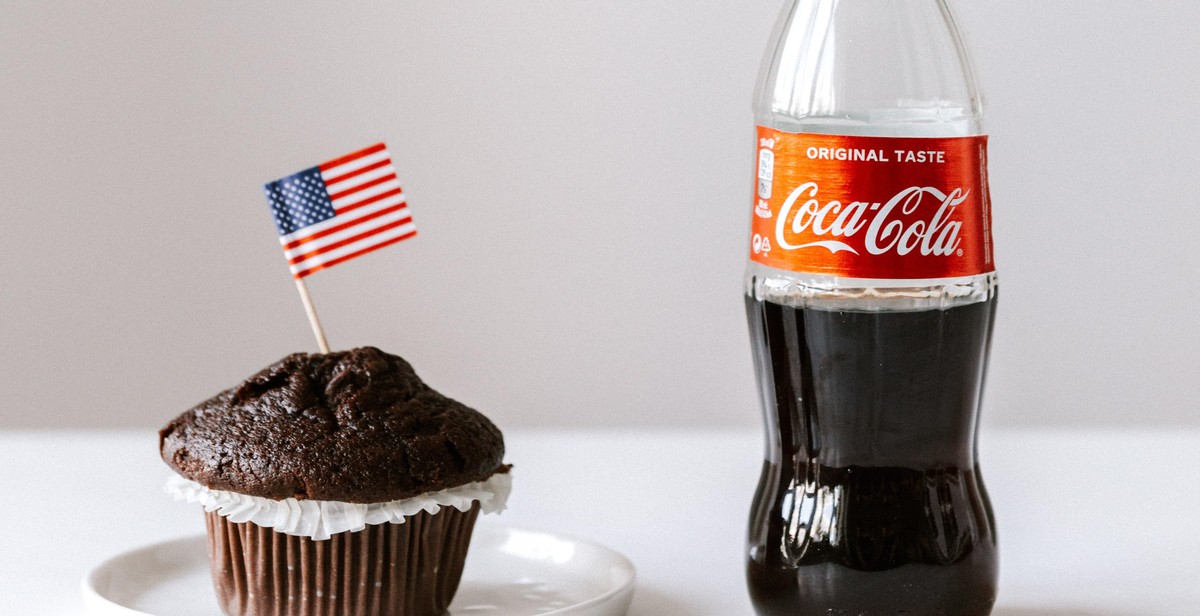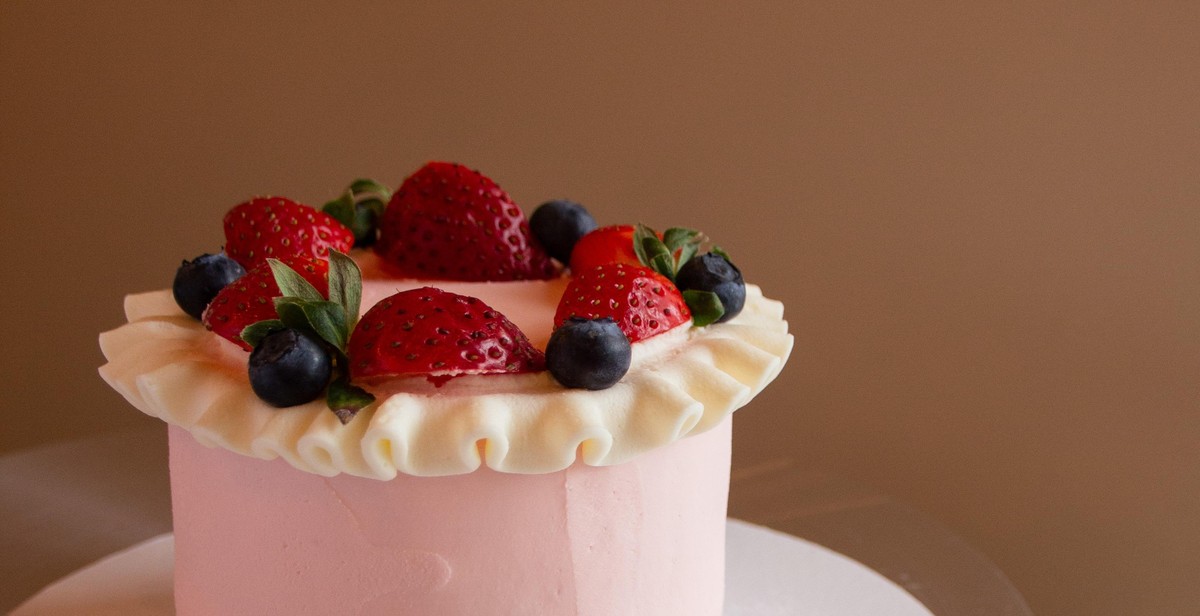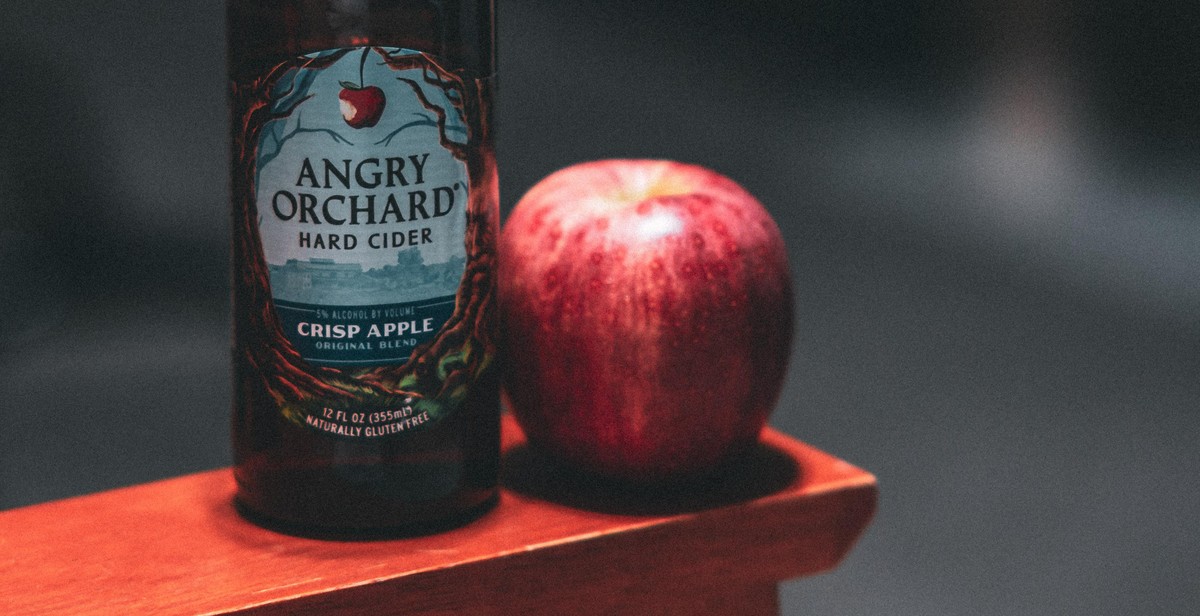Introduction: How to Whiten Teeth Naturally at Home
Teeth whitening is a popular cosmetic procedure that many people seek to improve the appearance of their smile. While there are many options available, including professional teeth whitening treatments and over-the-counter products, some people prefer to whiten their teeth naturally at home.
Why People Want to Whiten Teeth Naturally at Home
One reason people may choose to whiten their teeth naturally at home is to avoid the use of harsh chemicals found in many commercial whitening products. Some people may also prefer natural remedies for personal or environmental reasons.
Additionally, natural teeth whitening remedies can be more cost-effective than professional treatments or over-the-counter products. Many of the ingredients used in natural remedies can be found in the kitchen or purchased inexpensively at a grocery or health food store.
Some people may also find that natural teeth whitening remedies provide a more gradual and subtle improvement in the appearance of their teeth, which can be preferable to a dramatic and sudden change.
In this article, we will explore various natural teeth whitening remedies and techniques that can be done at home. These remedies are safe, effective, and easy to do, making them a great option for those who want to whiten their teeth naturally.

Baking Soda: A Natural Teeth Whitening Solution
Baking soda is a common household product that has been used for centuries for various purposes, including cleaning and cooking. However, it is also a popular natural teeth whitening solution that has gained a lot of attention in recent years.
What is Baking Soda and How Does it Whiten Teeth?
Baking soda, also known as sodium bicarbonate, is a mild abrasive that can help remove surface stains on teeth. It works by breaking down the molecules that cause discoloration and yellowing of the teeth. Additionally, baking soda has alkaline properties that help neutralize acids in the mouth, which can lead to tooth decay and discoloration.
How to Use Baking Soda to Whiten Teeth
Using baking soda to whiten teeth is relatively simple. Here are some methods:
- Brushing with baking soda: Wet your toothbrush and dip it into baking soda. Brush your teeth for two minutes, then rinse with water.
- Mixing with hydrogen peroxide: Mix one teaspoon of baking soda with two teaspoons of hydrogen peroxide to create a paste. Brush your teeth with the paste for two minutes, then rinse with water.
- Mixing with toothpaste: Add a small amount of baking soda to your toothpaste and brush your teeth as usual.
It is important to note that while baking soda can be effective in removing surface stains, it should not be used excessively as it can damage tooth enamel. It is recommended to use baking soda as a teeth whitening solution no more than once or twice a week.
| Pros | Cons |
|---|---|
| Effective in removing surface stains on teeth | Can damage tooth enamel if used excessively |
| Easy to use | May not work on deep stains |
| Inexpensive compared to other teeth whitening methods | May cause sensitivity in some people |

2. Oil Pulling
Oil pulling is an ancient Ayurvedic practice that involves swishing oil in the mouth to improve oral health and whiten teeth. The oil absorbs toxins and bacteria in the mouth, preventing them from being swallowed or absorbed by the body.
What is Oil Pulling and How Does it Whiten Teeth?
The most commonly used oils for oil pulling are coconut, sesame, and sunflower oil. These oils contain lauric acid, which helps to break down the plaque and bacteria that cause yellowing and staining of teeth. The oil also helps to moisturize and protect the gums, preventing gum disease and reducing inflammation.
How to Use Oil Pulling to Whiten Teeth
To use oil pulling for teeth whitening, follow these steps:
- Choose an oil and put 1-2 tablespoons in your mouth.
- Swish the oil around your mouth for 15-20 minutes, making sure to pull it through your teeth and around your gums.
- Spit the oil out into a trash can (not the sink, as it can clog pipes).
- Rinse your mouth with warm water, then brush your teeth as usual.
Oil pulling can be done once a day or a few times a week, depending on your preference. It’s important to note that oil pulling should not replace regular brushing and flossing, but rather be used as a supplement to your oral care routine.

3. Activated Charcoal
Activated charcoal is a popular natural remedy for teeth whitening. It is a fine black powder made from carbon-rich materials, such as coconut shells, that have been heated to high temperatures to create a porous surface. The porous surface of activated charcoal attracts and absorbs toxins, stains, and bacteria, making it an effective solution for whitening teeth.
What is Activated Charcoal and How Does it Whiten Teeth?
Activated charcoal works by adsorbing (not absorbing) impurities and toxins. When applied to teeth, it binds to the surface stains and removes them. It is also believed to balance the pH levels in the mouth, prevent bad breath, and promote healthy gums.
How to Use Activated Charcoal to Whiten Teeth
Activated charcoal can be used in various ways to whiten teeth:
- Brushing with activated charcoal powder: Wet your toothbrush and dip it into the activated charcoal powder. Brush your teeth gently for two minutes, then rinse thoroughly with water.
- Making a charcoal paste: Mix activated charcoal powder with water to create a paste. Apply the paste to your teeth and leave it on for three minutes. Rinse your mouth and brush your teeth as usual.
- Using charcoal-infused toothpaste: You can also purchase toothpaste that contains activated charcoal as an ingredient. Use it as you would any other toothpaste.
It is important to note that activated charcoal can be abrasive and may damage the enamel of your teeth if used too frequently or vigorously. It is recommended to use it only once or twice a week.

4. Hydrogen Peroxide
Hydrogen peroxide is a common household product that can be used to whiten teeth naturally at home. It is a bleaching agent that can remove stains from the surface of the teeth, making them look whiter and brighter.
What is Hydrogen Peroxide and How Does it Whiten Teeth?
Hydrogen peroxide is a chemical compound that consists of two hydrogen atoms and two oxygen atoms. It is a mild antiseptic and disinfectant that is commonly used for wound cleaning and oral hygiene. When used for teeth whitening, hydrogen peroxide breaks down into water and oxygen, releasing free radicals that break apart the chemical bonds of the stains on the teeth.
The free radicals attack the colored molecules in the teeth, making them smaller and less concentrated. This process makes the teeth appear whiter and brighter.
How to Use Hydrogen Peroxide to Whiten Teeth
Hydrogen peroxide can be used in several ways to whiten teeth at home:
- Mix equal parts of hydrogen peroxide and water and swish the solution around in your mouth for 30 seconds to 1 minute. Spit out the solution and rinse your mouth with water.
- Apply a small amount of hydrogen peroxide directly to your toothbrush and brush your teeth as usual. Rinse your mouth with water after brushing.
- Make a paste by mixing hydrogen peroxide with baking soda. Apply the paste to your teeth and leave it on for 1-2 minutes before rinsing with water.
It is important to use hydrogen peroxide in moderation and not to overuse it, as it can damage the enamel on your teeth and cause sensitivity. It is also important to consult with your dentist before using hydrogen peroxide for teeth whitening, especially if you have any dental restorations or sensitivity issues.

5. Strawberries
Strawberries are a natural teeth whitener due to the presence of malic acid. This acid acts as a natural astringent that helps in removing surface stains on the teeth. Additionally, strawberries contain vitamin C, which helps in removing plaque on the teeth.
How Do Strawberries Whiten Teeth?
Strawberries contain malic acid, which is a natural teeth whitener. This acid helps in removing stains on the teeth by breaking down the proteins that cause discoloration. The acid also helps in removing plaque and other debris from the teeth.
How to Use Strawberries to Whiten Teeth
There are two ways to use strawberries to whiten teeth:
- Strawberry and Baking Soda: Mix mashed strawberries with baking soda to form a paste. Apply the paste on your teeth and leave it for 5 minutes before rinsing with water. Repeat this process once a week.
- Strawberry and Salt: Mix mashed strawberries with salt to form a paste. Apply the paste on your teeth and leave it for 5 minutes before rinsing with water. Repeat this process once a week.
Note: Do not use this method frequently as it can erode the enamel on your teeth.
| Pros | Cons |
|---|---|
| Strawberries are a natural teeth whitener. | Overuse can erode the enamel on your teeth. |
| Strawberries contain vitamin C, which helps in removing plaque on the teeth. | Results may not be as immediate as other methods. |

6. Apple Cider Vinegar
Apple cider vinegar is a type of vinegar made from fermented apple juice. It has been used for centuries as a natural remedy for various health issues, including teeth whitening. Apple cider vinegar contains acetic acid, which is a natural bleaching agent that can help remove stains from teeth.
How to Use Apple Cider Vinegar to Whiten Teeth
There are several ways to use apple cider vinegar to whiten teeth:
- Diluted solution: Mix 1 teaspoon of apple cider vinegar with 1 cup of water. Swish the solution around in your mouth for 1-2 minutes, then spit it out. Rinse your mouth with water and brush your teeth as usual.
- Direct application: Dip a cotton swab into apple cider vinegar and apply it directly to your teeth. Leave it on for 10-15 minutes, then rinse your mouth with water and brush your teeth as usual.
- Mouthwash: Mix 2 teaspoons of apple cider vinegar with 1 cup of water. Use the solution as a mouthwash after brushing your teeth.
It’s important to note that apple cider vinegar is acidic and can erode tooth enamel if used too frequently or in high concentrations. It’s recommended to use it no more than once a day and to rinse your mouth with water after using it.
| Pros | Cons |
|---|---|
| Effective in removing stains from teeth | Can erode tooth enamel if used too frequently or in high concentrations |
| Natural and inexpensive | May cause sensitivity or irritation in some people |
| Easy to use |

Conclusion
Having a bright and white smile can be a confidence booster and a sign of good oral health. While there are many products available in the market to whiten teeth, they can be expensive and may contain harmful chemicals that can damage your teeth and gums.
Whitening your teeth naturally at home is a safer and cost-effective alternative. From oil pulling to baking soda, there are many natural remedies that can help remove stains and whiten your teeth. However, it is important to remember that natural remedies may take longer to show results and may not be as effective as professional treatments.
It is also important to maintain good oral hygiene habits such as brushing twice a day, flossing, and visiting your dentist regularly. Avoiding foods and drinks that can stain your teeth such as coffee, tea, and red wine can also help keep your teeth white and healthy.
Overall, whitening your teeth naturally at home can be a great way to enhance your smile and oral health. However, it is important to do your research and consult with your dentist before trying any new remedies, especially if you have sensitive teeth or existing dental issues.
| Pros | Cons |
|---|---|
|
|
Final Thoughts
Whitening your teeth naturally at home can be a great way to improve your smile and oral health. With a little patience and consistency, you can achieve a brighter and healthier smile without breaking the bank or exposing yourself to harmful chemicals.
